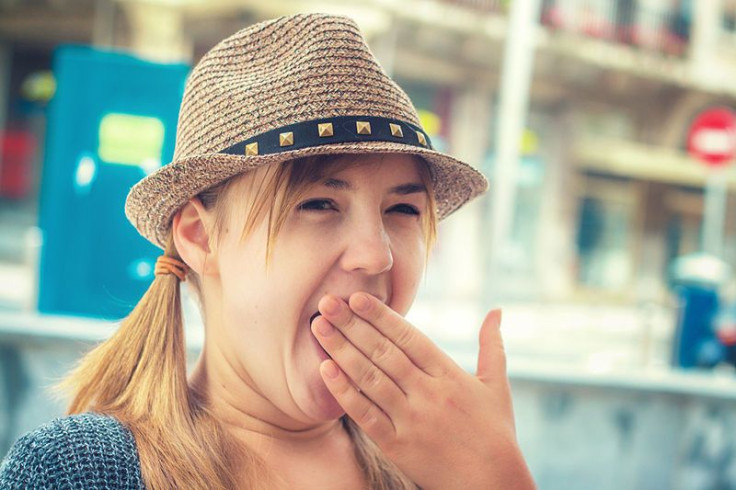Is Yawning Not Contagious For Autistic Children?: Scientists Point To Missing Facial Cues, Not Lack Of Empathy

According to PsyBlog, founded by psychologist Jeremy Dean, yawns tend to be most contagious between members of the same family, followed by friends, acquaintances, and strangers. This social behavior is speculated to be a sign of empathy and a form of social bonding. Kids with autism spectrum disorder (ASD), however, are less likely to catch yawns — not because of their inherent lack of empathy, but because of their inattentiveness to facial cues, according to a new study.
Findings published in Autism Research and Treatment reveal that autistic children do not respond to social yawning because they miss facial cues, such as closed eyes, that are linked to contagious yawning. Researchers from the University of Tokyo set up two experiments to determine if children with autism would be able to look at the faces of people yawning long enough to "catch" a yawn.
For the first experiment, researchers had 26 children with autism and 46 controls as part of their sample size. Children in both groups were asked to wear eye-tracking devices while they watched video clips of people either yawning or staying still. The kids were asked to count how many people in the clips were wearing glasses to ensure that both groups would look directly at the eyes. When the eye tracker confirmed that the children had their gaze on the person’s eyes, the researchers would show the person yawning.
In the second experiment, 22 autistic children and 29 controls watched video clips but were now asked to count how many people in the videos had beards, allowing the children to primarily focus on the mouth area. The yawning sequence was played when the eye tracker verified that the children’s’ gaze was focused on the mouths of the people in the clips.
Approximately 30 percent of autistic children yawned in response to the video clips of people yawning — a percentage equivalent to that of the controls who yawned, Scientific American reports. The results of this study show that autistic children's inherent lack of empathy is not to blame for their inability to catch a yawn; rather, it’s their inattentiveness to facial cues.
“Interestingly, the researchers expected looking at eyes to trigger more yawning than looking at mouths, but both tests provoked equal bouts of social yawns,” said Laura Geggel, of the Simons Foundation Autism Research Initiative. The researchers suggest that the children in both groups may have looked at the yawners’ eyes even during the mouth experiment and that this could have provoked the social yawn in the children. Geggel, however, believes that there could be another factor involved in social yawning that wasn’t measured by the researchers.
According to Autism Speaks, eye contact avoidance is a common feature of autism. It is speculated that autistic individuals have difficulty holding a gaze at someone else's face because a brain structure called the amygdala is said to be extremely heightened in autistic individuals. The structure is believed to be involved in accelerating emotional responses, such as fear and anxiety. Therefore, the level of activation in the amygdala may be associated with the amount of time spent looking directly at a person’s face.



























